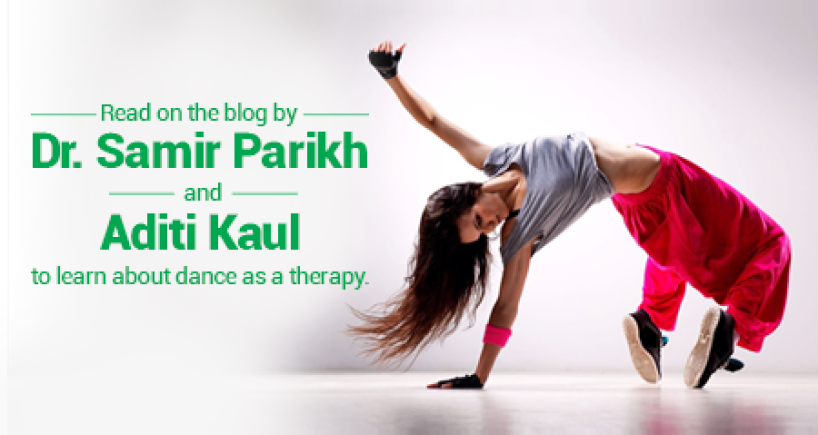
Dance Movement- A Psychological Perspective

Dance
Dance in its most basic form is a series of different movements strung together with different patterns, qualities, tempo, rhythms and intensity. We have been moving even before we took our first breath. Movement right from the outset is filled with instinct, emotion, intensity and the expression of ones thoughts, feelings and ideas. From a child kicking in the mother’s womb, to the dance of learning to roll, crawl and walk we see our dance alter as we grow. Somehow as we grow we lose our unstructured pure movement and based on rules regulations, societal pressure we start to restrict how we move. It is the truest most natural form of expression that has spanned generations across the world.
Dance forms reflect the varied journeys of different civilizations, countries and their people. From point ballet, modern dance, the waltz to the tango, Bharatanatyam and Kathakali. Each style represents the struggles, joys, and needs of its region as well as the era in which it came about. It gave people a space to come together, and through movement tell their stories.
Dance as a Therapy
As mental health professionals it would be unwise to ignore the overwhelming evidence both ancestral and scientific that dance and movement can help create a space for healing, growth, change and wellbeing. Expressive or Creative Movement Therapy is defined by the The American Dance Therapy Association (ADTA) as “the psychotherapeutic use of movement to promote emotional, social, cognitive and physical integration of the individual.”
Movement is essentially seen as a medium or catalyst, through which one can engage in the process of personal growth. The basic premise being that there is a connection between engaging the body in movement and emotion.
The systematic use of a set of movement techniques that are identified based on an observation, assessment, analysis and diagnosis of the presenting problem help therapists create goal directed change. In expressive movement therapy persons struggling with a loss of their sense of self as a result of trauma, abuse, anxiety, depression and various other forms of psychological difficulty; are able to find express their inner emotional states in a safe space by slowly letting go of their inhibitions and defenses. Through therapy a more varied movement vocabulary is developed to help clients find strength joy and release. They experience the possibility of becoming more steadfast and secure yet increasingly spontaneous, unafraid and resilient.
Through any form of expressive Arts based therapy each individual’s inner experience and turmoil gets externalized and becomes tangible. Using metaphor, symbolism, structure, improvisation, free movement, closure and grounding the dance movement therapist creates a holding environment in which feelings can be safely expressed, as well as move towards creating insight and generating alternative ways of being able to cope with problems. It is both a form of therapy and therapeutic in its form.
Benefits
Movement and art therapy are not restricted to dancers or artists alone. These therapeutic modalities can also be utilized very effectively to help people in high stress jobs de-stress and cope with the demands of life better. They can be used to make people better leaders, to improve relationship dynamics across the board. They can help children increase their self-confidence and perform in schools better. Each individual regardless of age, ability, illness, pain, restriction or gender can move and thus dance.
Fortis Art Therapy Program
At Fortis Healthcare we are currently using Expressive Arts Based therapy which includes movement, visual art and writing. It is used to reduce stress and promote wellbeing as well as to treat persons diagnosed with different forms of psychological disorders using this therapeutic modality.
Categories
Clear allMeet the doctor

- Mental Health and Behavioural Sciences | Mental Health and Behavioural Sciences | Psychiatry | Clinical Psychology
-
21 Years
-
900



















